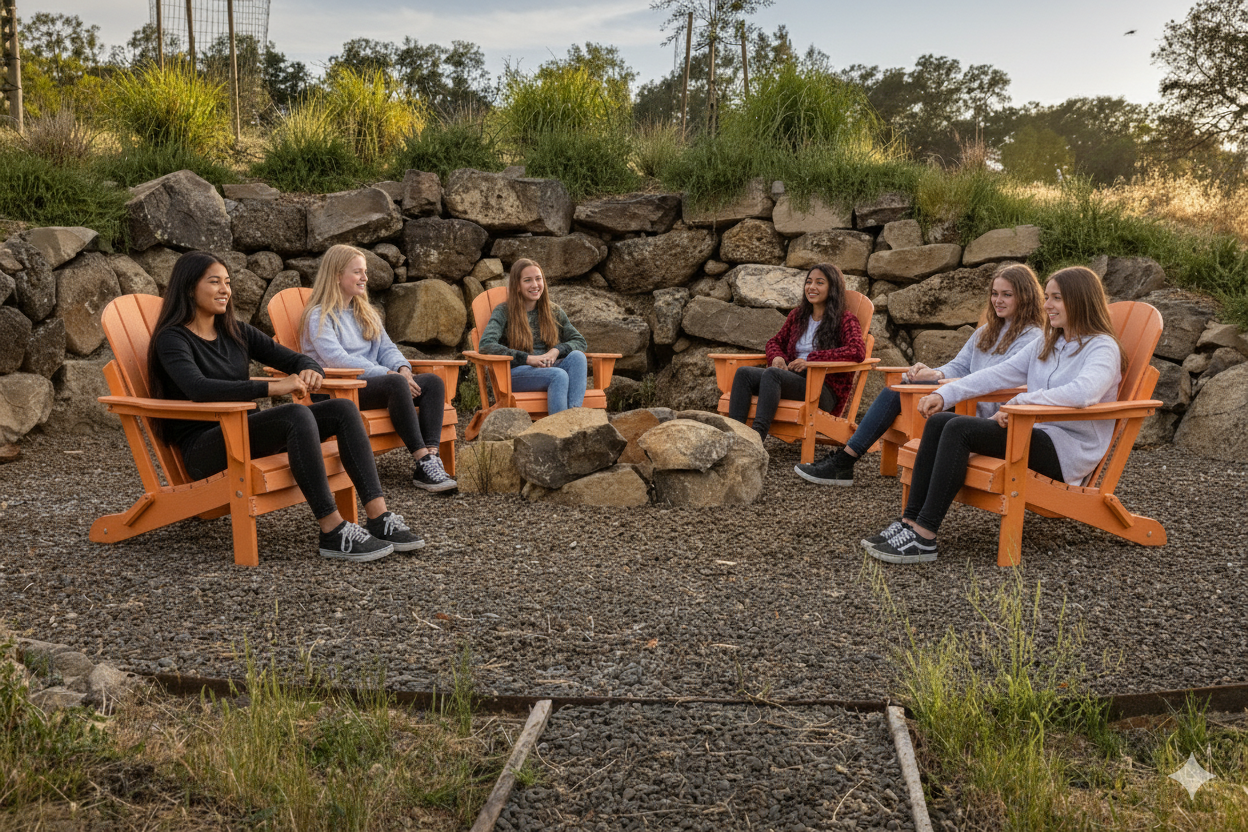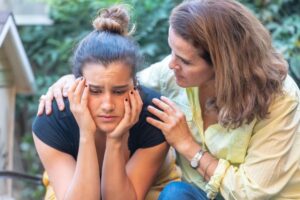Before making the decision to administer tests at home, however, it’s important to consider the potential dangers and risks. Many experts and school officials are skeptical as to the efficacy of drug tests.
The American Academy of Pediatrics knows that drug testing does not come without risk; it can damage the relationship between parent and child, and between school and student, by fostering an atmosphere of distrust.
Further, there’s no substantial research to suggest that random drug testing has any long-term benefits. Home tests in particular can be easy to beat, resulting in false negative and—worse—a false sense of security.
Under the best circumstances, drug testing at home should ideally involve a voluntary contract between you and your child, designed to keep your child on track as part of a greater treatment plan. Finally, parents should never rely on the results of drug testing alone. It’s important to trust your instincts and educate yourself on the other signs of drug use in conjunction with your drug-testing plan.
If you decide that drug testing your teen is the right choice for your family, here are some things to consider.
Types of Tests
The fastest and most common tests use urine analysis. Home hair testing kits are also available, but these are limited in that they may not pick up recent use, and second-hand exposure can result in false positives. Other drug testing methods include sweat, blood, and saliva swabs.
- At-home drug testing kits. At home drug-testing kits are the easiest way to perform a quick check if you suspect your child of drug use. Home kits can be purchased online or in retail stores with prices ranging anywhere from $10 to $50. These tests vary in the different drugs they test for, but generally cover five to 10 illicit drugs and a handful of prescription drugs, such as methadone or oxycodone. Some tests are designed specifically for one drug, such as a single test for marijuana. You should purchase the test best suited for your child’s specific issues.
- Drug testing lab. No drug test is foolproof, but sending your child to a professional drug-testing lab is the best way to ensure that the test will be administered correctly and with as little opportunity for tampering as possible. Drug-testing practitioners are trained to spot false penises that allow the tester to use someone else’s clean sample. They can also test to make sure the sample is up to temperature and can determine if the test has been significantly diluted. You can find available drug-testing laboratories in your area via Labcorp.
Drugs Covered
These are the top illicit and prescription drugs potentially detectable in most urinalyses:
- Marijuana
- Ecstasy
- Opiates
- Cocaine
- Amphetamines
- Methamphetamine
- Phencyclidine (PCP)
- Oxycodone
- Methadone
- Benzodiazepine
- Barbiturates
- Tricyclic antidepressants
Some drugs that are not detectable via drug testing or that may not be covered in standard tests include LSD, mushrooms, salvia, and synthetic cannabinoids (e.g., K2, spice.) Keep in mind that alcohol abuse is not detectable in drug tests.
The duration of most drugs in the system tends to be one to four days, which means testing your children immediately after the weekend is your best bet. The notable exception is marijuana, which stays in the system two to 14 days with single use, or up to 30 to 40 days with habitual exposure.
Ways to Beat the Test
Parents should be aware that teens might try to cheat on a drug test. Here are a just a few of the methods teens use to cheat drug tests.
- Diluting the sample. In the days leading up to the test, your child may drink large amounts of water, cranberry juice, pickle juice, or other common diuretics designed to dilute the sample and create a false negative. There are a variety of system-flushing products on the market (such as Ready Clean) that parents should be savvy to. They may also attempt to water down the sample with tap water. Most labs are equipped to detect a diluted sample better than an at-home testing kit. The urine should be slightly yellow. The best time to drug test is first thing in the morning. If the sample looks too diluted, ask your child to resubmit a few hours later.
- Using someone else’s urine. Samples of clean urine can be easily purchased on the Internet or procured from friends. One way to safeguard against borrowed urine is to test the temperature (it should be around 90-100 degrees). Beware also of products like “the Whizzinator” or “the urinator.” These are prosthetic penises that a tester can outfit with clean urine. Monitoring your child while dropping the sample is the best defense against these tricks.
False Positives
Some things that might cause a false positive include a variety of legitimate prescription medications that may be in your child’s system.
There are a variety of common medications that might yield a false positive result. According to WebMD, as little as a teaspoon of poppy seeds may cause a false positive for opiates. Keep in mind that a drug test isn’t foolproof and should only be used as one tool of many in your arsenal.
What Comes Next
When drug testing your child, it’s important to have a plan of action in the event of a positive result. As a parent, you should have a plan in place with actionable steps toward getting your son off drugs and back on track. Be prepared to implement any disciplinary consequences that might be appropriate in the event of a positive result. Most importantly, you should be aware that drug testing your child brings with it the risk of breeding distrust in the relationship and should thus be prepared for any outfall.
Drug testing can be an effective way of keeping your child accountable once a rehabilitation plan is in place. If your child knows they will be monitored with monthly or biweekly check-ins, for example, it can go a long way in preventing relapse.
Finally, remember that drug testing alone is not a solution, but should instead be used in conjunction with help from substance abuse professionals and an accredited treatment plan. Here at Muir Wood, we offer a targeted treatment program for boys ages 12 to 17 who are struggling with drug abuse and addiction issues. In our supportive and safe environment, your son can get a new start on a healthy life. Call now for more information.









